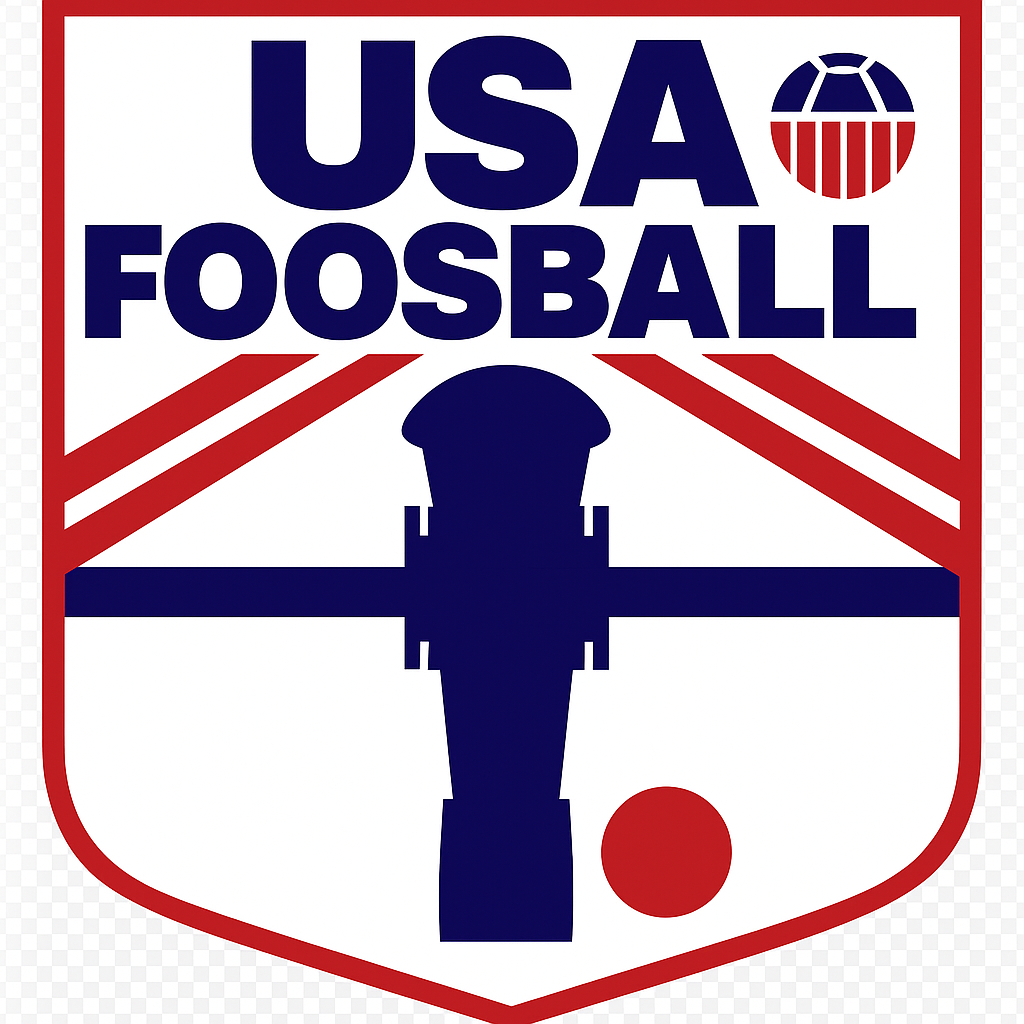The Comeback of a Tabletop Sport
Foosball is everywhere again. What was once thought of as a faded relic of student unions and dive bars is quietly roaring back, reemerging as one of the most surprising rebirths in recreational sport. From college campuses to competitive arenas, the rattle of plastic balls and the slap of rods are once again a familiar soundtrack. After decades in the shadows, foosball seems to be on a great rebound.
Origins With Many Fathers
The story begins in Europe, where the game’s invention remains the subject of debate. In Spain, Alejandro Finisterre claimed to have built the first table in the 1920s, naming it futbolín and offering it as a wartime solace for the wounded. In France, Lucien Rosengart designed a version for children trapped indoors by long winters. Meanwhile, across the Channel, Britain’s Harold Thornton patented his design in 1921, calling it “foosball,” a nod to the German fußball.
The game spread quickly across the continent, its accessibility making it a hit in taverns and cafes. By the 1950s, foosball had become a cheap, social way to capture the spirit of soccer in miniature. People who had survived war and austerity found in it a game that was playful, competitive, and communal.
An American Craze
Foosball arrived in the United States with soldiers returning from Europe and quickly found a home in campus bars. By the early 1970s, it wasn’t just a curiosity; it was a craze. National tournaments with big prize pools popped up across the country, and for a brief but memorable moment, foosball players could actually earn a living on tour.
That golden age faded as video games rose in the 1980s, stealing the attention of the same young audience foosball had captured. For decades, the game retreated into the background, surviving mostly in bars and basements.
The Signs of a Revival
But in recent years, the tide has turned. College recreation centers are installing new tables. Breweries and community spaces are hosting foosball nights. Competitive play has returned, buoyed by the International Table Soccer Federation’s efforts to standardize rules and organize world championships. The United States has kept its Tornado World Championships alive, and they’ve begun to draw more players and bigger sponsors once again.
What’s changed? In part, it’s cultural timing. After years of digital everything, people are gravitating back to physical, social games. Just as chess and pickleball have surged, foosball is benefiting from the desire for face-to-face play. The table is small, the rules are simple, but the joy is immediate.
Different Tables, Different Styles
The global spread of foosball has also given it new richness. Tornado tables dominate in the United States, emphasizing speed and power. In Europe, Bonzini and Garlando tables favor finesse and ball control. International competitions now serve as showcases for these stylistic clashes, and the cultural differences make the sport feel diverse, even exotic, to newcomers.
Back Into the Public Eye
Foosball’s comeback has been fueled not just by nostalgia, but by professional polish. World championship events are streamed online, drawing audiences that had forgotten foosball could be a spectator sport. Sponsors like philoro have begun investing in tournaments, driving prize pools back to levels unseen since the 1970s. With six-figure purses now on the line, younger players are training seriously, treating foosball with the same intensity once reserved for traditional sports.
The Social Side
Still, what makes foosball thrive isn’t just competition. It’s the table in the break room, the late-night match in a bar, the doubles game that turns strangers into friends. Foosball is uniquely democratic: size, age, and strength matter far less than timing and focus. This has made it a natural choice for workplaces looking to add a spark of camaraderie, or for social spaces aiming to draw people together.
That accessibility has become part of the sport’s new marketing. Organizations promoting foosball are leaning into its social benefits as much as its competitive side, reminding the public that the game is for everyone.
Rising Stars and Renewed Legends
With renewed attention has come a new wave of players. Veterans who once competed in the 1970s and 1980s now find themselves celebrated again, their stories told to a younger generation that had no idea foosball once had a golden era. Meanwhile, teenagers and college athletes are stepping into tournaments, bringing fresh skill and energy. This blending of eras is creating the sense of a living, growing sport.
A Sport Reborn
Foosball may never compete with soccer or basketball for mass audiences, but it doesn’t need to. Its resurgence proves something else: that games don’t have to be flashy or digital to capture imaginations. A wooden table, some rods, and a small ball are enough to create competition, community, and connection.
Today, foosball isn’t fading into nostalgia—it’s building momentum. From its contested beginnings in Europe to its American boom and bust, the sport has always had the ability to reinvent itself. Now, in 2025, it looks poised to carve out a new identity: a game that is both timeless and suddenly timely again.
After all, few sounds are as satisfying as that sharp clatter when the ball slams into the back of the goal. For players and fans alike, it’s the sound of foosball’s return.

